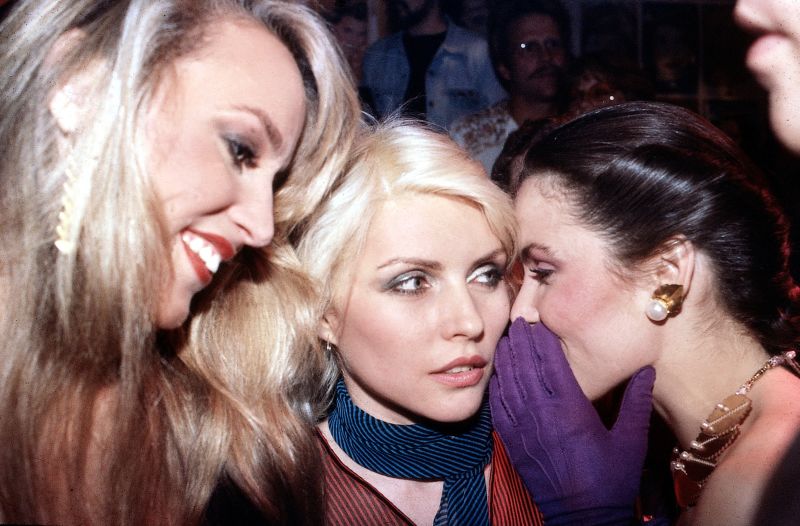The Legacy of Studio 54: A Dive into Its Glamorous History
Introduction to Studio 54
Studio 54 was more than just a nightclub; it was a cultural phenomenon that defined the nightlife of New York City during the late 1970s and early 1980s. Known for its wild parties and celebrity attendees, this iconic venue continues to influence modern nightlife.
A Nightclub Like No Other
Opened in 1977, Studio 54 became famous for its extravagant events and eclectic guest list. Celebrities such as Jerry Hall, Debbie Harry, and Mikhail Baryshnikov frequented the venue, creating an atmosphere of exclusivity and glamour. Moreover, the nightclub’s reputation for wild and lavish parties drew attention from around the globe.
Unforgettable Moments at Studio 54
- New Year’s Eve 1979: A party that made headlines worldwide, showcasing the essence of the Studio 54 experience.
- Celebrity Sightings: Notable figures, including Diana Ross and Andy Warhol, contributed to the club’s legendary status.
- Innovative Performances: The venue was known for hosting unique and imaginative shows, like those featuring elaborate acts by cabaret producers.
Impact on Culture and Nightlife
The influence of Studio 54 extends beyond its walls. Its legacy is marked by a shift in cultural attitudes towards nightlife, fashion, and social gatherings. The nightclub became a symbol of the disco era, illustrating a blend of hedonism, art, and celebrity culture that resonates even today.
Conclusion
As we look back on the vibrant history of Studio 54, it remains evident that this nightclub was not merely a place to dance; it was a cultural melting pot that brought together the glamour of the era. Consequently, Studio 54’s legacy continues to inspire new generations to create memorable experiences in nightlife.














